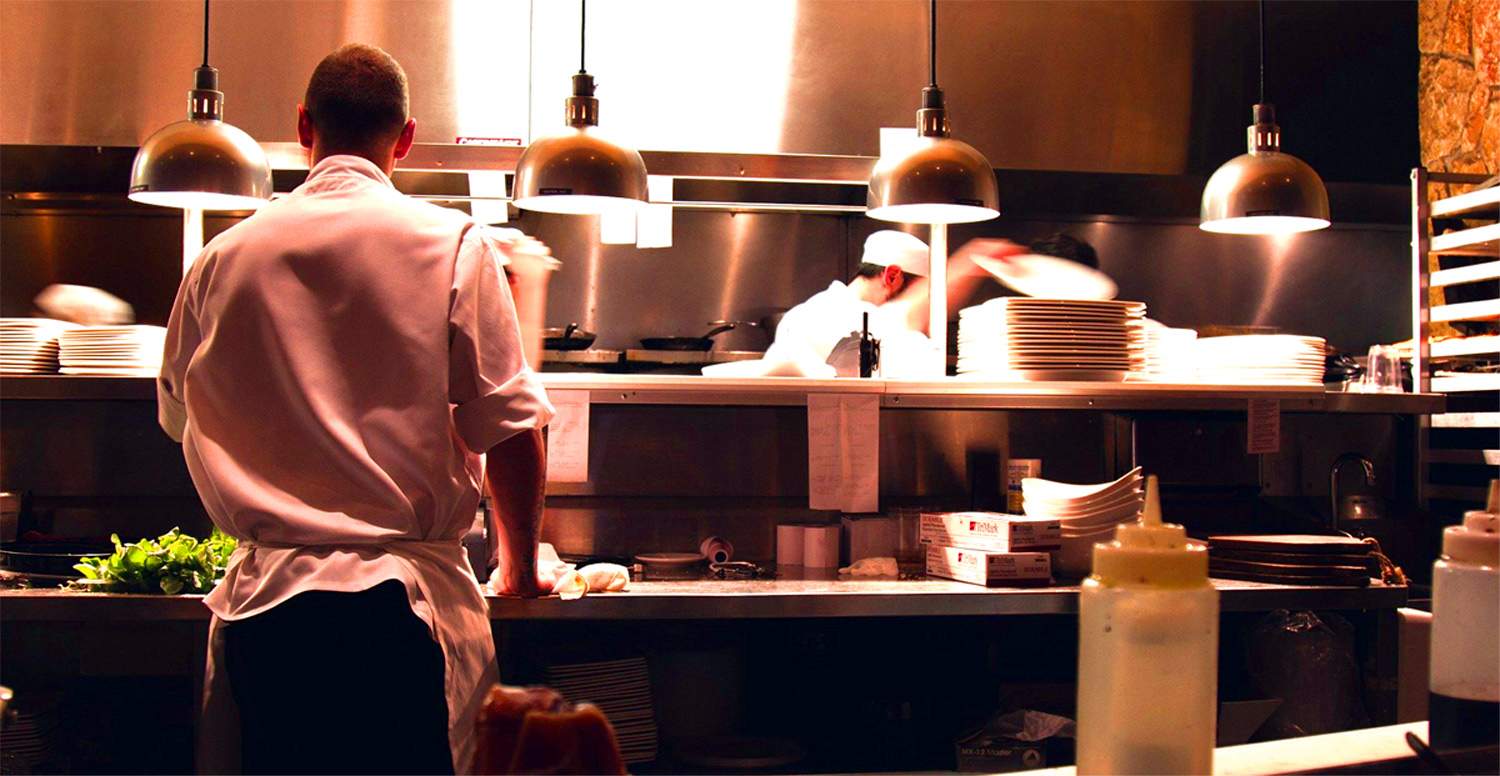Whether it’s been called ‘delivery’ or ‘take-out’, restaurants like pizza shops and Chinese food establishments have been offering meal delivery services for ages. As long as these restaurants had a steady supply of youngsters with driver’s licenses who were looking to make some extra spending money along with a dense customer base it made sense for them to cook a meal and deliver it to their customer’s doorstep.
In fact, according to NPD Group the online food ordering market is valued at nearly $27 billion and is the fastest growing source of restaurant sales in the United States. Digital orders only count for about 5% of all restaurant orders but these are growing at a pace of more than 20% each year while traditional restaurant visits remain mostly flat. Much of this growth is attributed to a host of dot-com companies like DoorDash, Caviar and Uber Eats. These companies are considered tech businesses who are applying new technologies to the meal delivery model.
However, many industry veterans wonder if and how these companies can make a profit. An excellent article that can be found here makes the case that these businesses are doomed because meal delivery is not a tech business at all and never will be. Whereas Bill Gates was able to become a billionaire by essentially creating his software once and selling it millions of times over, the Grubhub’s of the world will always have to deal with the reality that the food delivery business requires cooking and driving, cooking and driving and then more cooking and driving – it can’t benefit from scale the way a software firm can.
Enter the Ghost Restaurant
All this said, there are some who believe that companies like UberEats do in fact have a strong future. The key to being successful lies in something called a ghost restaurant, or a virtual kitchen.
A ghost restaurant is a kitchen which can be located anywhere that near a dense populace. They needn’t be in an expensive area of town or occupy prime retail real estate because they do not host customers. They don’t need seats because they do not have dining rooms which means no servers, no alcohol service (and no liability) and no expensive storefront. Instead of paying over $1 million to build out a brick and mortar restaurant, the ghost restaurateur can get started for a fraction of the cost. All they really need is a kitchen — or even just part of one — and access to customers through the growing number of meal-delivery apps available on almost every smart phone.
Anyone who has ever managed a restaurant can see the benefit here of only having to worry about maintaining a small kitchen, a few cooks and a marketing budget. Ghost restaurants have huge advantage over traditional restaurants in regards to real estate, human resources and the enormous overhead that all traditional restaurants have had to worry about. But this delivery-only concept in the United States only dates to back to 2013, when a start-up, the Green Summit Group, began work on a ghost kitchen in New York. Since then the market seems flooded with both foodservice companies and tech companies all trying to figure out how to make money without constantly turning to venture funding in order to survive.
Drawbacks
The costs benefits seem clear. But there are some drawbacks especially for the traditional restaurant operator:
- Delivery Partner Issues – There may be some rare exceptions but nearly all of these ghost restaurants rely completely on the 3rd party delivery service apps. Initially restaurants were partners with specific apps however increasingly the app companies are taking a stake in the restaurant itself through ventures like CloudKitchens. It’s not hard to imagine a day when it is the app companies that decide which establishments survive and perhaps become owned by the app company. In that case the restaurant operator will become just another employee.
- Technology Challenges – When access to your customer base, and thus your entire business, relies on an app installed on smart phones you can become completely exposed to tech glitches, outages and even hacking. A steady stream of customers is only as reliable as the apps are.
- Brand Loyalty – Customers over a certain age are used to going out to their favorite restaurant. they share food with their friends and forge memories all within the restaurant walls. They often early await their next visit when the host or hostess greets them by name and the bartender knows what their ‘regular’ is. That all goes away with the ghost restaurant. The younger generations may take to ordering everything online but it’s a lot harder for restaurant operators to build a connection with a customer when the customer sees you as just another option on his smartphone screen. In a swipe right/swipe left culture it may be too easy to get swiped left.
Ghost restaurants will probably be around for a long time but not every concept nor every operator will survive what is sure to be an industry shake-out. The app companies are the driving force behind this phenomenon but it must be pointed out that none of them have yet figured out how to earn solid, consistent profits. The day may come when driver-less cars, smart robots and drones open up new possibilities for these companies to earn huge profits. When that happens expect a radical change the entire landscape. However, it’s very possible that the generation that will enjoy such benefits has yet to be born yet.

